| Feature |
Benefits |
| Wi-Fi 6 (802.11ax) |
The IEEE 802.11ax emerging standard, also known as High-Efficiency Wireless (HEW) or Wi-Fi 6, builds on 802.11ac. It delivers a better experience in typical environments with more predictable performance for advanced applications such as 4K or 8K video, high-density, high-definition collaboration apps, all-wireless offices, and IoT. Wi-Fi 6 is designed to use both the 2.4-GHz and 5-GHz bands, unlike the 802.11ac standard. |
| Uplink/downlink OFDMA |
OFDMA-based scheduling splits the bandwidth into smaller frequency allocations called Resource Units (RUs), which can be assigned to individual clients in both the downlink and uplink directions to reduce overhead and latency. |
| Downlink MU‑MIMO technology |
Supporting two spatial streams, MU-MIMO enables access points to split spatial streams between client devices to maximize throughput. |
| BSS coloring |
Spatial reuse (also known as Basic Service Set [BSS] coloring) allows the access points and their clients to differentiate between BSSs, thus permitting more simultaneous transmissions. |
| Target Wake Time |
A new power-saving mode called Target Wake Time (TWT) allows the client to stay asleep and to wake up only at prescheduled (target) times to exchange data with the access point. This offers significant energy savings for battery-operated devices, up to 3x to 4x the savings achieved by 802.11n and 802.11ac. |
| Intelligent Capture |
Intelligent Capture probes the network and provides Cisco DNA Center with deep analysis. The software can track more than 240 anomalies and instantaneously review all packets on demand, emulating the onsite network administrator. Intelligent Capture allows for more informed decisions on your wireless networks. |
| Bluetooth 5 |
Integrated Bluetooth Low Energy (BLE) 5 radio enables location-based use cases such as asset tracking, way finding or analytics. |
| Container support for applications |
Container support enables edge computing capabilities for IoT applications on the host access point. |
| Apple features |
Apple and Cisco have partnered to create an optimal mobile experience for iOS devices on corporate networks based on Cisco technologies. Using new features in Apple iOS, in combination with the latest software and hardware from Cisco, businesses can now more effectively use their network infrastructure to deliver an enhanced user experience across all business applications.
At the center of the collaboration is a unique handshake between the Cisco WLAN and Apple devices. This handshake enables the Cisco WLAN to provide an optimal Wi-Fi roaming experience to Apple devices. Additionally, the Cisco WLAN trusts Apple devices and gives priority treatment for business-critical applications specified by the Apple device. This feature is also known as Fast Lane. |
 HP 122A Black Original LaserJet Toner Cartridge (Q3960A) for Color Laserjets 2550 2820 2840
1 × AED399.00
HP 122A Black Original LaserJet Toner Cartridge (Q3960A) for Color Laserjets 2550 2820 2840
1 × AED399.00  TP-LINK 4-PORT CBL/DSL ROUTER
1 × AED85.00
TP-LINK 4-PORT CBL/DSL ROUTER
1 × AED85.00 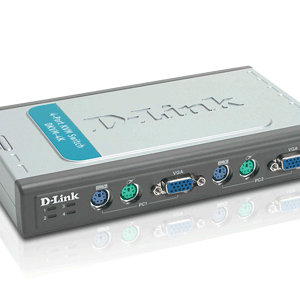 DKVM-4K 4-PORT PS/2 KVM SWITCH
1 × AED199.00
DKVM-4K 4-PORT PS/2 KVM SWITCH
1 × AED199.00  SEAGATE BUSINESS STORAGE 4 BAY NAS 8 TB
1 × AED3,719.00
SEAGATE BUSINESS STORAGE 4 BAY NAS 8 TB
1 × AED3,719.00  Ultrathin Touch Mouse T630 Crafted for your Ultrabook
1 × AED499.00
Ultrathin Touch Mouse T630 Crafted for your Ultrabook
1 × AED499.00 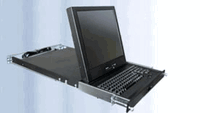 Rose Rackview 19" LCD with 8-Port Multi-Platform KVM Switch
1 × AED13,099.00
Rose Rackview 19" LCD with 8-Port Multi-Platform KVM Switch
1 × AED13,099.00  Kramer KDS-SW2-EN7 AVoIP Auto-Switch Encoder with USB-C and HDMI Inputs
1 × AED5,699.00
Kramer KDS-SW2-EN7 AVoIP Auto-Switch Encoder with USB-C and HDMI Inputs
1 × AED5,699.00 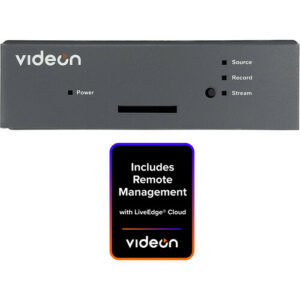 Videon EZ Encoder (Single Output)
1 × AED6,599.00
Videon EZ Encoder (Single Output)
1 × AED6,599.00  04 3550600
04 3550600 052 7036860
052 7036860

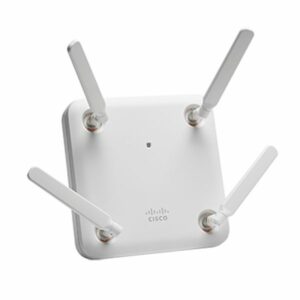

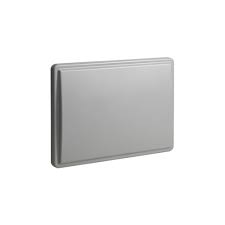
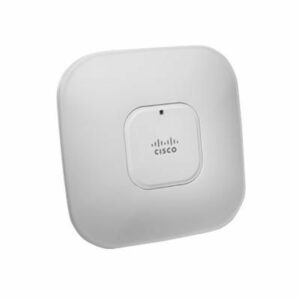

There are no reviews yet.